 Politics & Laws
Politics & Laws
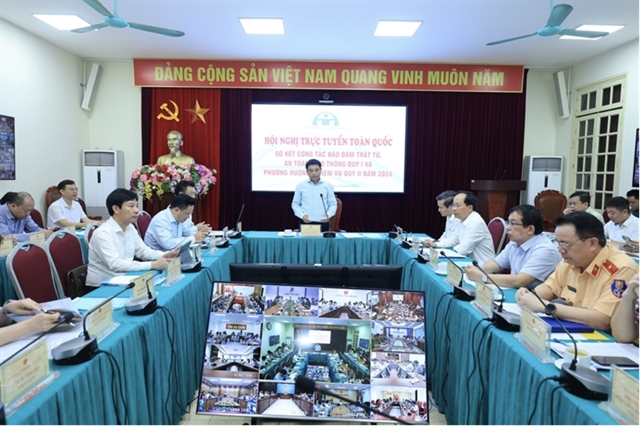
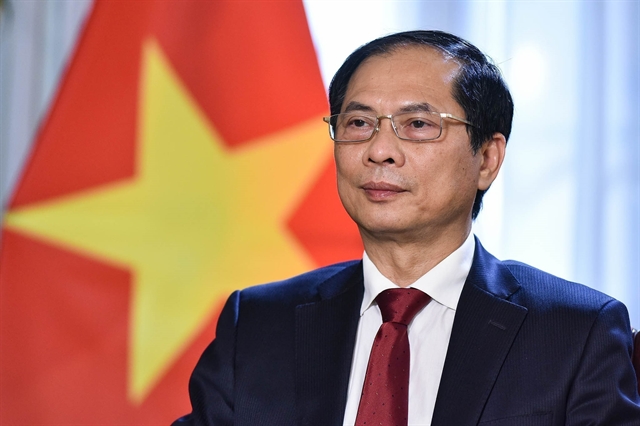
|
| Member of the Party Central Committee and Minister of Foreign Affairs Bùi Thanh Sơn. — VNA/VNS Photo |
Minister of Foreign Affairs Bùi Thanh Sơn penned an article entitled ’55 years of ASEAN: One Vision, One Identity, One Community’ on the 55th anniversary of the Association of Southeast Asian Nations (ASEAN) (August 8, 1967-2022).
Following is the full text of the article:
“On August 8, 1967, the Association of Southeast Asian Nations (ASEAN) was established, initiating the process of extensive integration for the sake of peace, stability, and development in Southeast Asia and the region.
From a group of Southeast Asian nations divided by wars, after 55 years of growth, ASEAN is today one of the most important, reputable, and successful regional organisations in the world, a ‘common home’ for 650 million people in 10 Southeast Asian countries with diverse culture, the fifth largest economic community in the world, and an important and reliable partner of many countries in the world, and an organisation that holds a central role in the many important dialogue, cooperation and connectivity processes in the region.
The journey to build an ASEAN Community with shared vision and identity
The creation of ASEAN 55 years ago has reflected the aspiration of many countries in the region for peace, stability, friendship, cooperation, and development. Overcoming the vicissitudes of time and adapting to the changes in the region and the world at large, ASEAN has been growing consistently and perfecting itself on multiple fronts.
In 1995, Việt Nam’s ascension into ASEAN laid the foundation for the ‘common home’ connecting 10 Southeast Asian countries.
In 1997, for the first time ever, ASEAN adopted the ASEAN Vision 2020 on a community “cohesive in shared identity,” satisfying the aspirations of the member states for a Southeast Asian region “where rivers and mountains no longer divide but unite us in friendship and cooperation.” In particular, the formation of the ASEAN Community in 2015 with three pillars of security-political, economic, and socio-cultural has raised the process of cooperation and regional linkage to a new height for the sake of peace, cooperation, and mutual prosperity.
The “ASEAN Way,” based on the basic principles of international law, solidarity, consensus, non-interference in internal affairs, is always preserved, fostered, promoted, and has built value and identity for ASEAN.
It is the “ASEAN Way” that has helped ASEAN and its member countries overcome the turbulent periods of the region and the world. At the same time, when successfully overcoming challenges and difficulties, ASEAN becomes more mature, the spirit of solidarity and unity is enhanced, and ASEAN’s methods and identity shine ever more brightly. As a result, ASEAN has affirmed its prestige, position, and central role, expanding substantive and deeper relations with its partners, and winning extensive and practical international support to promote the development and integration of ASEAN.
To date, ASEAN has a dialogue partnership with 11 important countries and international organisations (China, USA, Russia, Japan, Korea, India, EU). Many stances and regulations of ASEAN such as the ASEAN Charter, the Treaty of Amity and Cooperation (TAC), etc. are welcomed and embraced by the international community.
Being faithful to its purpose and operating principles, ASEAN has played an important role in promoting dialogue, cooperation, and confidence-building among countries inside and outside the region in order to maintain peace, stability, development, and cooperation in the region.
On the basis of upholding international law, settling disputes and disagreements via peaceful means in accordance with international law and the 1982 United Nations Convention on the Law of the Sea, ASEAN has been making important contributions to the maintenance of a peaceful and stable environment in the South China Sea, which has been recognised and supported by the international community.
Promoting integration and economic linkage has always been a central content in the ASEAN integration process for the past 55 years. To date, intra-regional trade accounts for about 25 per cent of ASEAN’s total trade. ASEAN GDP in 2021 reached US$3,360 billion, an increase of more than 30 per cent compared to 2015 when the ASEAN Community was established. In addition, ASEAN is also at the centre of an open economic space with a network of eight free trade agreements (FTAs) including the ASEAN Free Trade Area (AFTA) and seven FTAs with important partners, of which the Regional Comprehensive Economic Partnership (RCEP) is meant to create a free trade area that accounts for 30 per cent of the world’s population and 32 per cent of global GDP.
After 55 years of construction and development, ASEAN can be proud of being a model of successful regional integration. The achievements have been a solid foundation for ASEAN to strive to fulfil the ASEAN Community Vision 2025 and build the ASEAN Community Vision Post-2025 to further strengthen the unity, resilience, and responsiveness of the ASEAN Community. Unity is for making consensus, promoting community awareness, shared responsibility for the sake of long-term mutual benefits of the ASEAN Community, for the maintenance of peace, stability, cooperation, and development in the region. Resilience is for maintaining the fortitude, promoting internal potentials and strengths of each ASEAN member state and of the whole ASEAN Community. Responsiveness is for maintaining self-confidence, spirit of dynamism and innovation to steadily rise against the complex changes in the region and in the world.
Việt Nam for a united, strong, and developed ASEAN
ASEAN holds an important position in Việt Nam’s foreign policy and international integration efforts. Joining ASEAN in 1995 was a strategic decision of our Party and State, contributing to setting a new stage of international integration and development of the country, consolidating a peaceful, stable and competitive environment, capitalising on external resources for the construction and defence of the Fatherland as well as to enhance the prestige and position of the country.
Consistent with the foreign policy of independence, self-reliance, peace, friendship, cooperation and development, multilateralisation, diversification, and respect for ASEAN’s principles, methods and identity, Việt Nam has seriously fulfilled membership commitments and obligations, made many important contributions to the strengthening of the ASEAN solidarity and realisation of the idea of ASEAN consisting of 10 member countries, building the ASEAN Community, and realising the ASEAN Vision 2025.
The times when Việt Nam took over the ASEAN Chairmanship, the association faced a lot of challenges. In particular, as the Chair of ASEAN 2020, in the face of unprecedented difficulties caused by the COVID-19 pandemic, Việt Nam has persisted in ASEAN’s principles, fully embodying the spirit of cohesion and responsiveness, and helping steer the ASEAN ship through turbulence, maintain the momentum of regional cooperation and connectivity, and orient the development of the ASEAN Community in the new period.
Implementing the foreign policy set in the 13th National Party Congress, Việt Nam will continue to work with ASEAN countries to further promote the identity and central role of ASEAN, build a united and strong ASEAN Community, bring essential benefits to all ASEAN members as well as partners inside and outside the region.
With the motto of ‘proactive, active, sincere, reliable and responsible,’ Việt Nam strives to do its best together with ASEAN to continue writing successful chapters on building the ASEAN Community, making important contributions to peace, stability, cooperation, and development in the region and in the world. — VNS

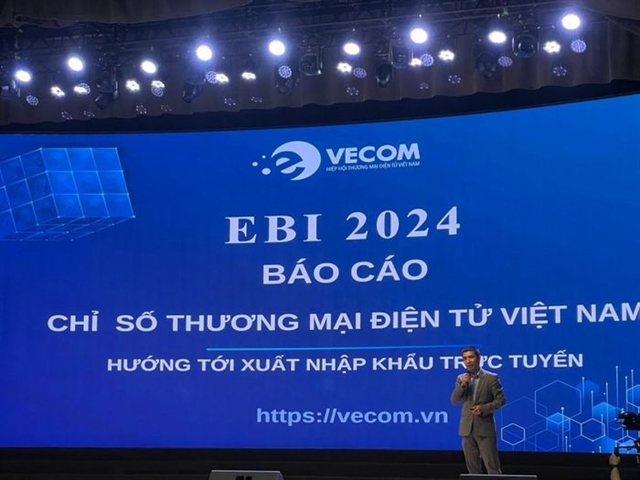
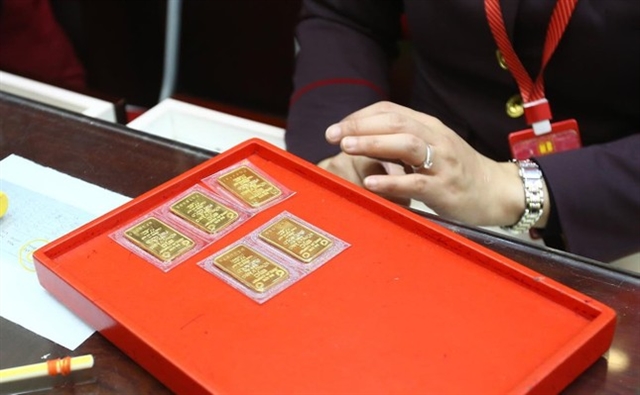
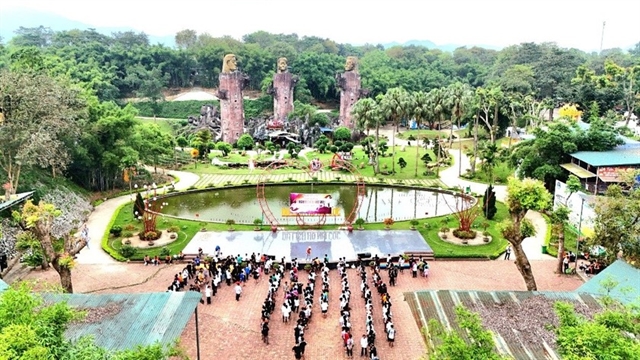





.jpg)